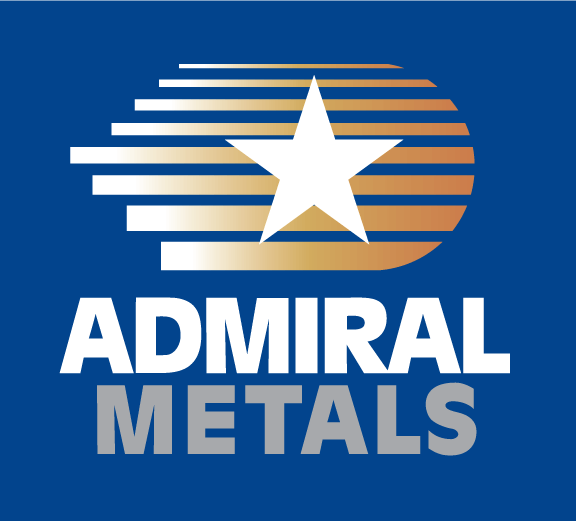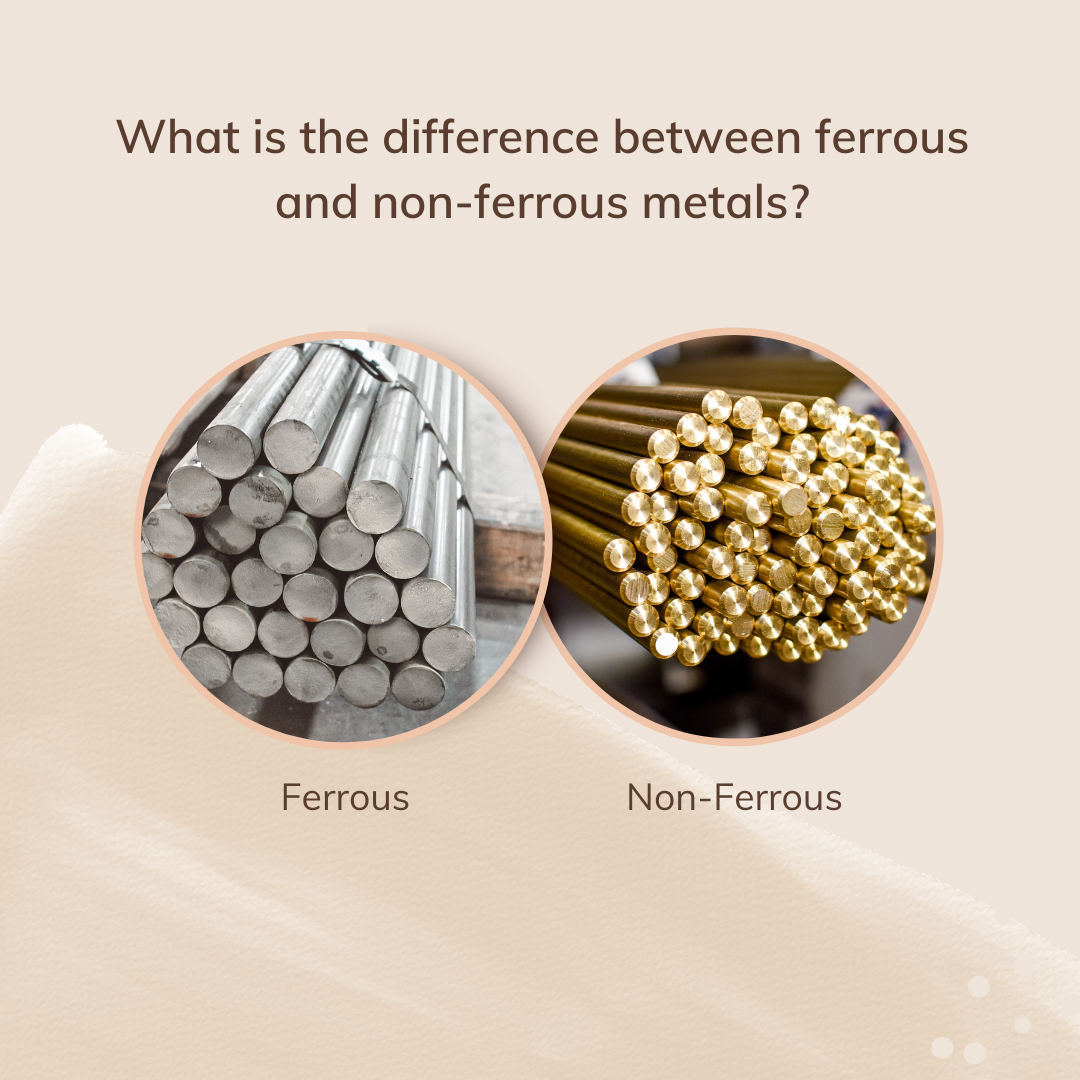![]() Much has been written about last December’s release of the Ford F-150, the automaker’s first truck to be produced with aluminum hoods, cabs, beds and body panels. According to Ford, the result is a 700-lb. lighter truck requiring a smaller engine resulting in improved fueled economy. The move by Ford is prompted by a US standards mandate requiring automakers to increase corporate average fuel economy to 54.5 miles per gallon by 2025, up from 35.5 mpg in 2016. The automaker expects the F-150 to improve fuel efficiency by 5-20{41f8e085fc68038a2da2699f98ad8aea8b7e87e25f742017f6f76a0b55118d3c}.
Much has been written about last December’s release of the Ford F-150, the automaker’s first truck to be produced with aluminum hoods, cabs, beds and body panels. According to Ford, the result is a 700-lb. lighter truck requiring a smaller engine resulting in improved fueled economy. The move by Ford is prompted by a US standards mandate requiring automakers to increase corporate average fuel economy to 54.5 miles per gallon by 2025, up from 35.5 mpg in 2016. The automaker expects the F-150 to improve fuel efficiency by 5-20{41f8e085fc68038a2da2699f98ad8aea8b7e87e25f742017f6f76a0b55118d3c}.
Aluminum has long been used in wheels and transmission casings and is the primary component in powertrain and wheel applications, but not in the body. Steel was the metal of choice; it was more cost efficient (about ½ the cost of aluminum) and easily molded in to shape even though it is both heavier and more corrosive than aluminum. In 1993, Ford started testing the use of an aluminum-body car with its Mercury Sable AIV (Aluminum Intensive Vehicle) and later, in 2003, with its Jaguar XJ. They discovered new welding technology, stamping processes and have added structural adhesive beads to improve strength, durability and crash performance, and reduce noise. Now able to meet tight specifications and be molded into intricate shapes, aluminum is increasingly found in hoods, trunks, doors and bumpers, along with complete vehicle structures, according to The Aluminum Association.
In addition, compared with steel, aluminum delivers a reduced carbon footprint and because it is infinitely recyclable, it has become more cost-efficient without sacrificing safety and performance. Without recycling, the price of aluminum could add about $750 to the cost of each truck, but much of that is recouped by selling the scrap from production back to the supplier. This innovative closed loop supply chain is the kind of recycling relationship that Novelis has established with Ford. Ford purchases large aluminum rolls from Novelis, 30-40{41f8e085fc68038a2da2699f98ad8aea8b7e87e25f742017f6f76a0b55118d3c} of which winds up as scrap because of the large holes, such as windows, that are stamped out of it. The very trucks that deliver aluminum to Ford, drive away with thousands of pounds of shredded scrap every day. It is then recycled, returning it to aluminum rolls that are sold back to Ford at a lower cost than virgin aluminum.
Ford is not the only automaker taking notice of aluminum’s many benefits; it’s been reported that GM has been adding more aluminum to its cars through improved spot welding processes. As a result, demand for the metal is at an all-time high. According to a recent article in the Wall Street Journal, “Alcoa Inc. and Novelis, the top two U.S. aluminum sheet producers, invested about $1 billion last year in U.S. factories producing metal for autos.” Rusal, one of the world’s largest aluminum companies, expects car-maker consumption to rise 65 percent to 23 million metric tons by 2020.
Whether or not you drive an F150, the use of aluminum has become a megatrend in the transportation industry. Demand from automotive and aerospace means a huge percentage of aluminum production is being dedicated to transportation, limiting capacity for other industries. “Lead times are little longer and prices are creeping up,” according to Joe Cannata, Aluminum Product Manager at Admiral Metals, “While we don’t anticipate any major changes through year end, we are fortunate to have planned in advance for the increased demand.”
We reported in a 2012 newsletter: aluminum seems to have an endless number of applications. Its cost-, time- and energy- efficient qualities tell us that it is the go-to metal today and will remain so for the foreseeable future. Three years later, the same holds true. Just this week, the ever-innovative Tesla Motors launched its Powerwall, a solar powered battery bank designed for homes, businesses, and utilities. Solar panels may very well be our next aluminum-intensive megatrend.
Sources: aluminum.org, autonews.com, Bloomberg.com, Car and Driver, Fortune, marketrealist.com, The Wall Street Journal
SIDEBAR
Quick facts about aluminum
Once, more precious than gold and silver
Before the discovery of the Bayer and Hall–Héroult processes, aluminum was more expensive than gold or silver.
Aluminum helped pioneer flight
The Wright brothers used aluminum to build a biplane engine light enough with the needed horsepower.
The lifespan of an aluminum can
A can recycled today can be back in the marketplace in 60 days.
Strength
Four six-packs of cans are able to support the weight of a 2-ton vehicle!
Staying Power
Nearly 75 percent of all aluminum ever produced is still in use today.
Recycling efforts can be improved
Every three months, Americans throw away enough scrap aluminum to rebuild the entire U.S. commercial airplane fleet equaling 16 million barrels of oil.
Source: The Aluminum Association www.aluminum.org
What is the future of the workplace?
This last year and half have been filled with uncertainty whether you are a company owner or an employee working for someone else. During...




